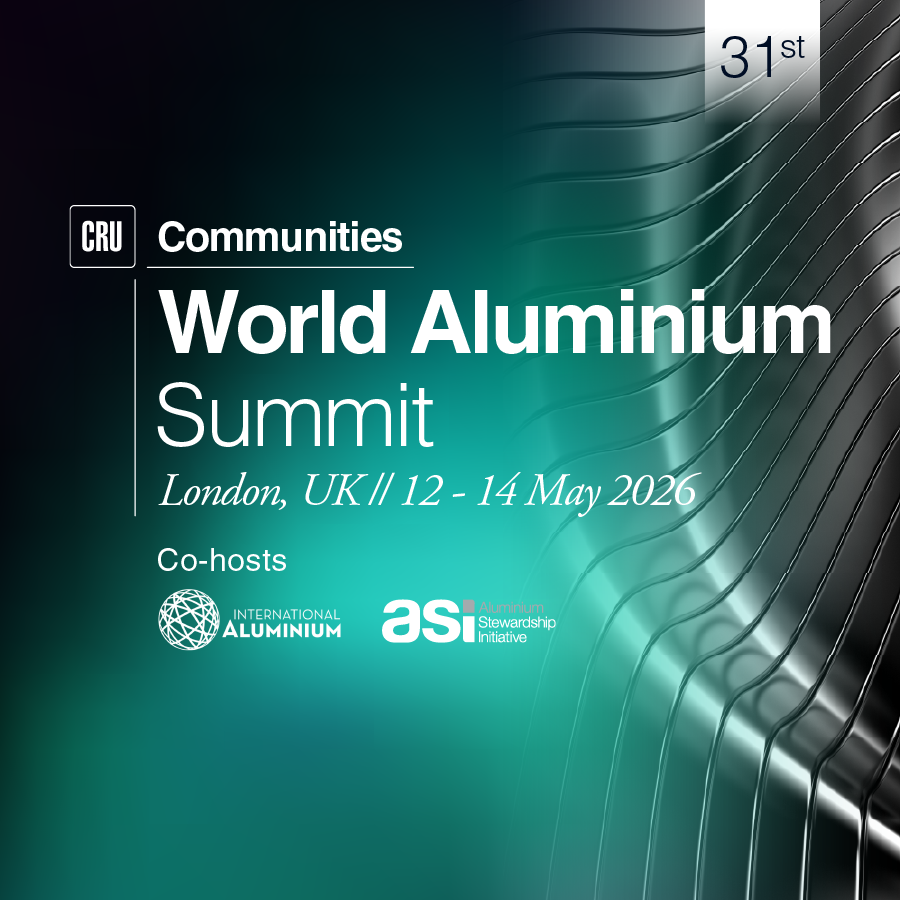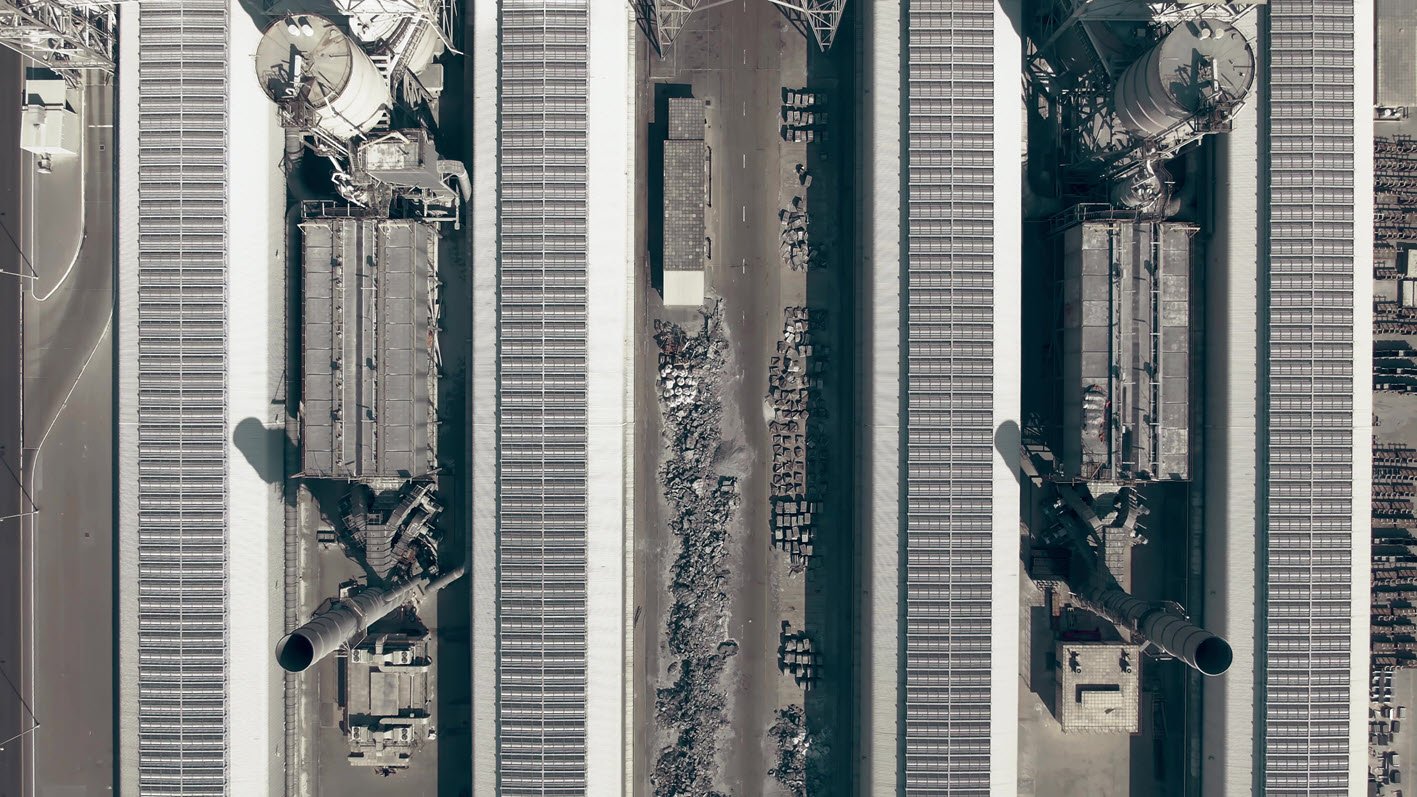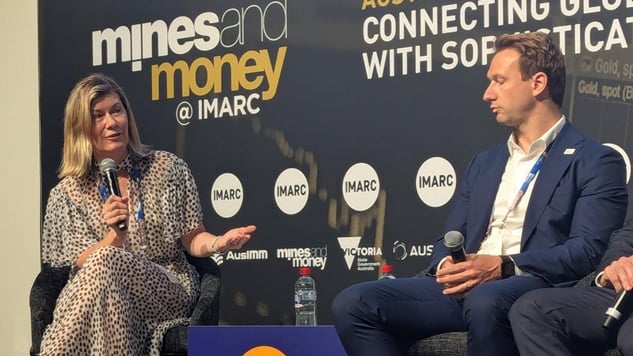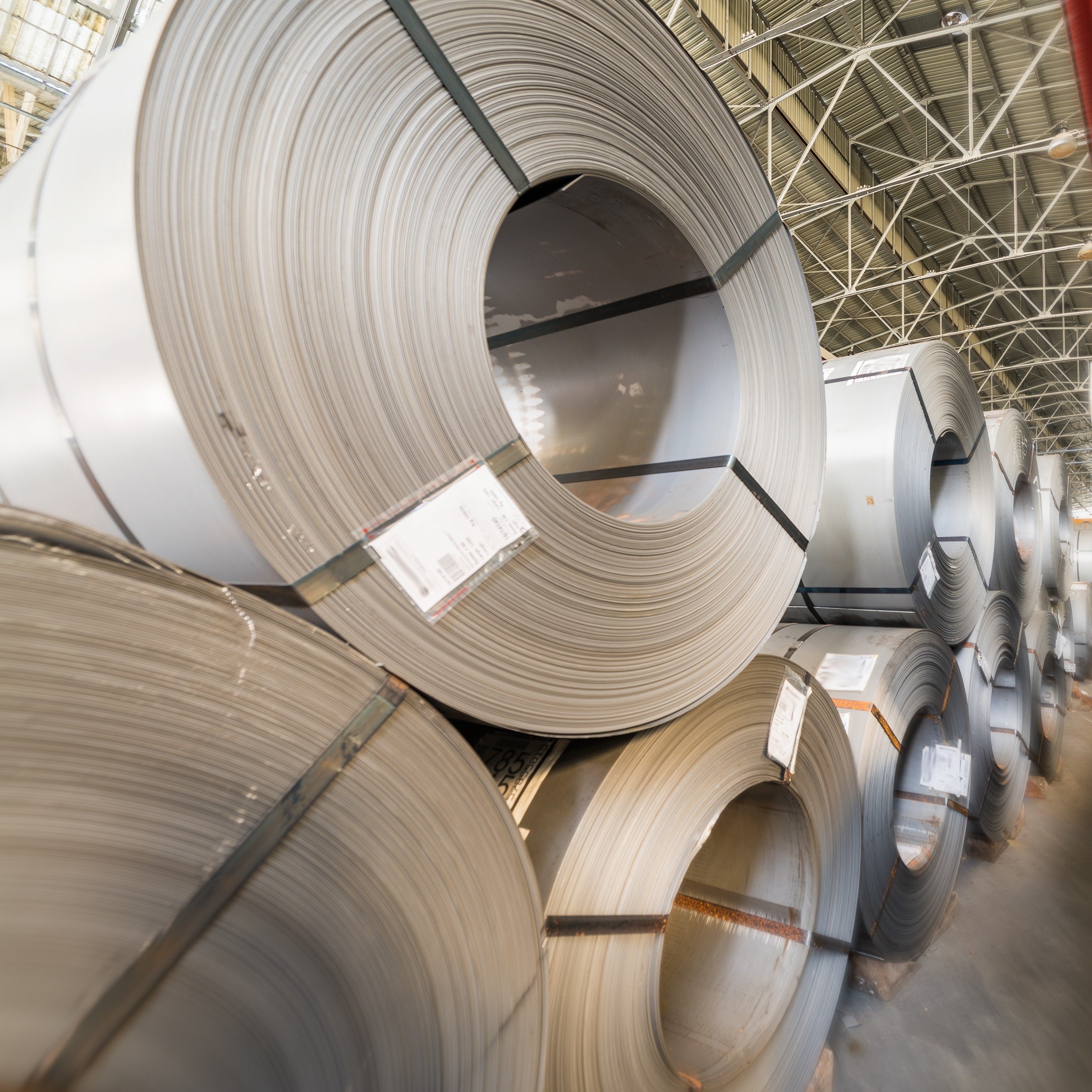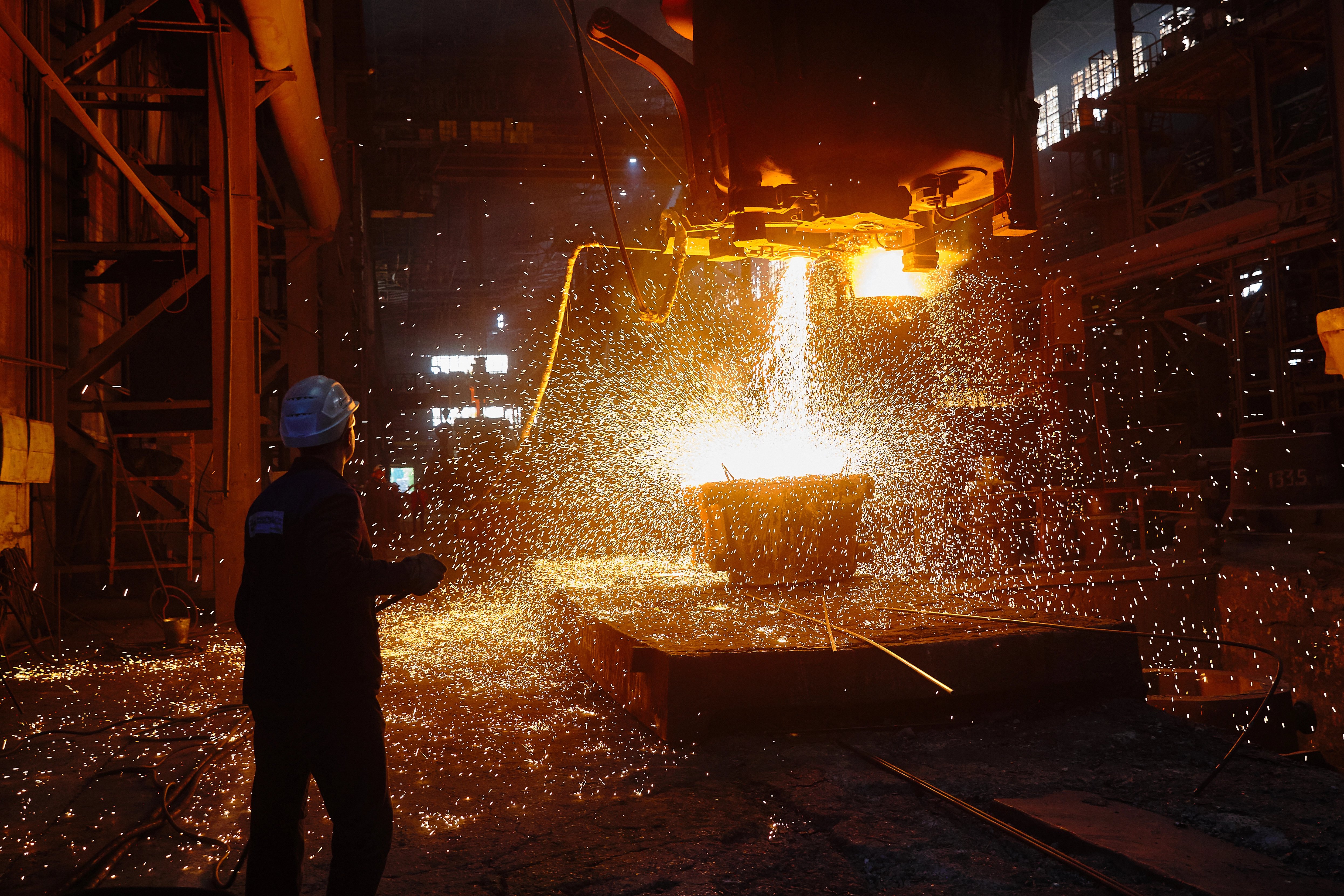Financing metals supply chains: Part 2
In Part 2, we explore the growing global interest in ‘strategic’ approaches to investing in metals value chains. There are deep-seated reasons for China’s success in this field, and achieving more resilient supply chains means facing many barriers. However, this approach is likely to gain further traction, not just in developed economies but in non-aligned countries in the Middle East, Southeast Asia and Latin America.
Resilient supply chains won’t come cheap
Part 1 of this series set out how dominant a role China has played in investing in metals value chains since the turn of the century. However, this dominance has sparked growing concern among other countries. The US, viewing China as its primary geopolitical rival, has been most vocal in these concerns. But increasingly, many other advanced and emerging economies have come to view China’s control of metal value chains – and adjacent sectors such as solar and batteries – as a strategic vulnerability. This shift in perspective has been reinforced by supply disruptions during the Covid pandemic and recovery, which highlighted that resilient supply chains matter as much as cost efficiency.
Globally, there has been a shift towards ‘economic nationalism’ – a desire to increase domestic manufacturing or processing capacity and have more ownership and influence of upstream parts of the value chain. However, achieving this is easier said than done. China’s ability to invest heavily and dominate the sectors it chooses to is no accident. It enjoys a number of advantages over western countries, set out in the table below.
The advantages in the table above apply to greenfield and brownfield investment in metal production facilities themselves – for example smelters. But it also applies to much of the ancillary infrastructure – ports, roads, railways and power lines – which are needed for heavy industry. What’s more, at least some of the factors – cost of capital and investor pressure – also apply to investment in international upstream assets. The location of mining investment is to some extent constrained by where mineral resources are. But – as Part 1 showed – the ownership structure has become increasingly Chinese over the last 20 years.
These advantages mean that diversifying supply away from China will bring higher costs. CRU cost data illustrates the scale of this challenge. As an example, the charts below show estimated costs for copper smelters. The size of the cost advantage China enjoys helps explain why it has accounted for most of the additional capacity built in the last 20 years.
The difficult trade-offs: Who will pay?
Supply chains ultimately face a trade-off. In an ideal world, supply-chains would deliver resilience and environmental sustainability at a low cost. However, in reality, there is usually a trade-off – we can’t achieve all three objectives. Getting more of one usually means compromising on one of the others. This trade-off is illustrated in the diagram below.
From a commercial mindset to a strategic one
In response to the trilemma outlined above, metals investment is shifting from a ‘commercial’ to a ‘strategic’ mindset. In a strictly commercial approach to investment, what matters is the NPV and risk of each project individually. Projects which are not expected to generate a high enough IRR, or which have cashflows that look too risky, are not undertaken. Crucially, investment in multiple parts of the metal supply chain is only considered if the assets are attractive individually. But this mindset risks missing out on value at the system level – it ignores spillovers and the advantages of integrated and resilient supply chains.
The strategic approach to investing – as practiced heavily by China – creates value differently. Capital is directed to deliver on national supply‑chain goals. It uses sovereign tools to de‑risk investment and reframes the calculation of ROI to the whole chain (see diagram below). That’s how restarts and expansions to projects that once looked “un-investable” can access finance – because they create value for the system even if a single asset’s metrics are marginal.
Strategic investment momentum is building, but execution remains the challenge
The strategic mindset is playing out strongest right now in the Middle East and Indonesia. Their structures differ, but the underlying logic is similar. They are export‑oriented, they integrate vertically, and they cultivate industrial clusters by co‑locating complementary businesses. They can access relatively cheaper capital, energy and labour while sitting more neutrally within the geopolitical landscape. Crucially, the hurdles that slow western investment – like lengthy permitting and higher capital costs – are absent or less serious.
In the Middle East, diversification strategies are turning mineral endowment into productive hubs by co‑locating extraction with processing. An example is Ras Al Khair in Saudi Arabia, a Ma’aden‑anchored complex spanning phosphate, aluminium, rolling capacity and a Gulf export terminal. Clustering these operations has created value by aligning assets with Saudi’s national strategy, improving economics via shared infrastructure and streamlining permitting at the zone level rather than asset by asset.
Indonesia has pursued a more extraction‑led path, catalysed by the 2014 ban on unprocessed ore exports and a clear aim to capture value domestically. Foreign investment – predominantly Chinese – has flowed into clusters such as Morowali and Weda Bay. Sponsors including Lygend, Xinfa and Tsingshan have scaled across nickel and, increasingly, aluminium, lowering unit costs and tightening supply chains through co‑location. The result is a system that internalises processing, logistics and power.
These strategic bets are not without risk. While technology is driving net positive demand for materials overall (as outlined in part one), it’s also reshaping which specific materials will dominate future markets in unpredictable ways. The nickel market is a good example of this volatility – the unexpected surge in LFP battery adoption has significantly altered nickel’s expected growth trajectory.
Each region faces its own challenges, but policy everywhere benefits from joined-up thinking and durability
It is easy to speak of strategic investment – it is much harder to finance and permit it when low‑cost power, cheap capital and large‑scale resources do not naturally coincide. That is the reality in many western jurisdictions, and also in parts of South America and Africa where higher borrowing costs and perceived risk elevate hurdle rates. But replication of the strategic investment mindset elsewhere in the world is still possible. The tool that travels best across contexts and complements strategic investment is a coherent regulatory framework that lowers uncertainty, compresses timelines and aligns incentives across the value chain to ultimately make these national strategies happen.
Poorly designed rules do the opposite. As an example, mandating local content may lift primary output, yet could erode downstream competitiveness and raise delivered costs. Requiring low‑carbon material without providing verification standards or transitional cost support can penalise domestic producers while rewarding imports with opaque footprints. These are examples of shifting value within the chain, not creating it – one segment benefits while the system loses resilience and scale.
One example of this is CBAM. In principle, taken together with the ETS, it levels the carbon playing field by placing a fair cost on embedded emissions, whether produced within the EU or imported. If executed cleanly, it can reward lower‑carbon producers and channel capital to abatement – clear value creation under a strategic mindset. In practice, complexity, uncertain timelines and unsettled verification raise reporting burdens, slow investment and invite workarounds. If downstream markets are ignored, higher prices and carbon leakage follow – or in other terms, value destruction via demand erosion and misallocated capital. Without a coherent, joined‑up framework, the outcome is not genuine decarbonisation but instead leads to price rises, carbon leakage and further de-industrialisation.
Next, the Inflation Reduction Act (IRA). Tax incentives that offset capex can bring assets to life, but without a credible pathway for opex, they risk becoming stranded. It’s easiest to think about this with a practical example. The IRA jumpstarted the US battery value chain by pairing construction incentives with production credits and demand‑side support, but the current rollback of some elements threatens continued profitability. CRU subscribers can read more about the impact of IRA roll-back in our Insight (for non-subscribers, please speak to our sales team to see more in-depth analysis).
The broader point here is policy durability: where project returns hinge on schemes such as the IRA – or on the durability of ETS trajectories and CBAM phase‑in schedules – investors require a reasonable expectation of continuity across political cycles. In practice, the most effective frameworks blend targeted capacity build‑out with proportionate protections during ramp‑up (for example, time‑bound ETS free allocation that declines as CBAM phases in), and they’re underpinned by stable rules that de‑risk private capital.
Overall, ‘strategic investment’ and ‘resilient supply chains’ are ideas which are here to stay, for better or worse. Whether the strategies are successful or not will come down to implementation, and designing policies that are joined up, coherent and durable.





